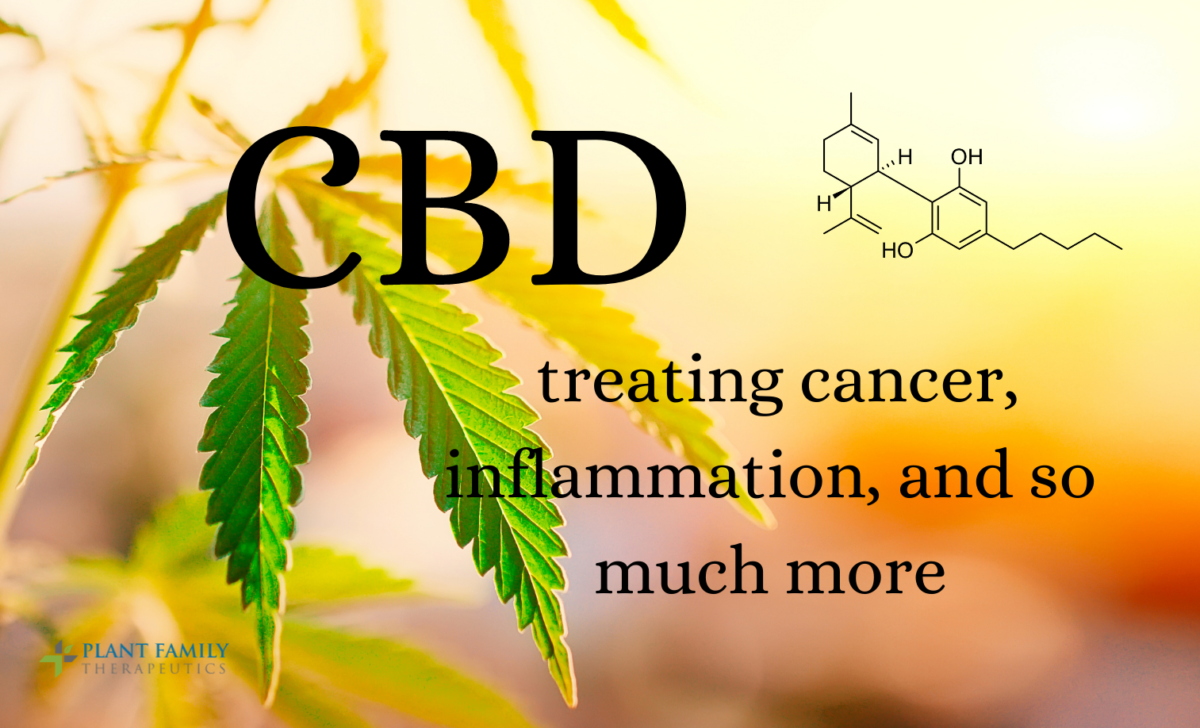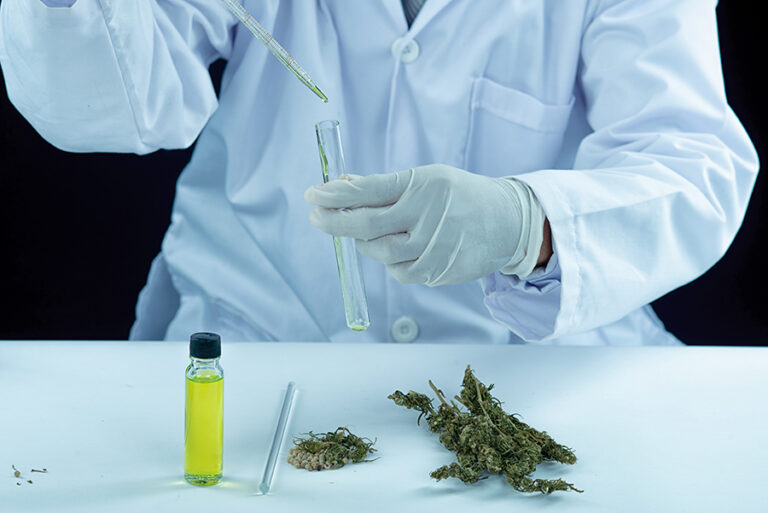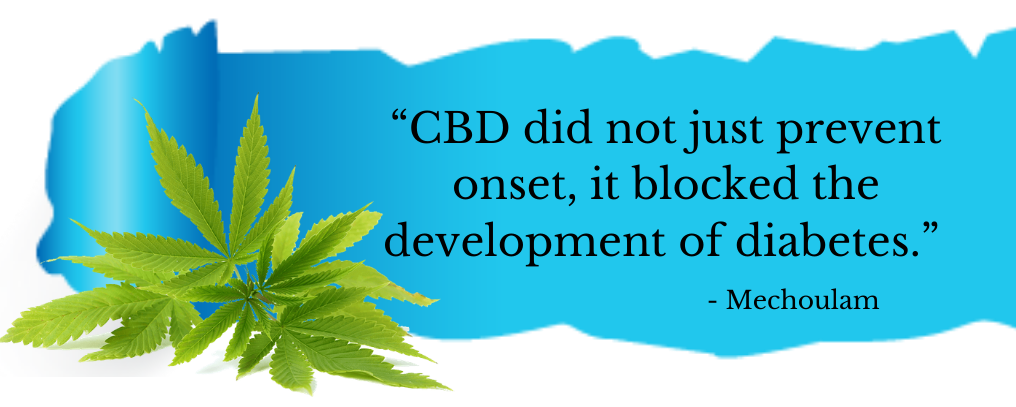This website requires you to be 21 years or older to enter. Please confirm your age below to continue.

Broadly defined, cancer is a disease in which normal cells divide uncontrollably and destroy body tissues. There are more than 100 types of cancer, with the most common being lung, breast, prostate, and colon. While cannabis, specifically THC, is known for treating cancer-related symptoms like nausea and vomiting, lack of appetite, pain, and insomnia – there is compiling evidence that cannabis can improve therapeutic benefits by working synergistically with current medical treatments.
Cannabis contains several known chemicals called cannabinoids which activate specific receptors in your body. THC, or tetrahydrocannabinol, is the major component responsible for cannabis’s psychoactive effects or euphoria. While THC is recognized to have certain medical properties, recent research on a particular cannabinoid is thought to have more medicinal benefits than any single pharmaceutical drug on the market.
Let’s talk about CBD
Cannabidiolic acid, or CBDa, is the second most abundant cannabinoid found in cannabis, the first being THCa. THCa (tetrahydrocannabinolic acid) and CBDa are the precursors to THC and CBD. The acidic compounds are decarboxylated: dried, heated, aged, or extracted to produce THC and CBD.
Cannabidiol (CBD) is one of the better-known and extensively researched cannabinoids. Acting as a mediator for the effects of THC, CBD can either dampen an out-of-control high, balance it, or boost it.
CBD has medical benefits without the euphoria that some patients do not desire and makes it appealing to those who are looking for an alternative to their current medications, which often have many side effects.

CBD research
Research by Dr. Ethan Russo, a pioneer in cannabis science, suggests that CBD could be used for treating symptoms of rheumatoid arthritis and other autoimmune diseases, diabetes, nausea, bowel disorders, and many hard-to-control side effects. And that CBD has even demonstrated neuroprotective effects, and its anti-cancer potential is currently being explored.
CBD has been the subject of numerous studies, all of which have demonstrated its healing potential. Dr. Sean McAllister, a scientist from the Pacific Medical Center in San Francisco, has been studying cannabinoid compounds for a decade now in search of new therapeutic interventions for various cancers. He discovered that CBD is a potent inhibitor of cancer cell proliferation (rapid increase in numbers), metastasis, and tumor growth.
The result of his breast cancer research demonstrates that when more CBD was administered, the number of cancer cells decreased. In essence, CBD may be a generally successful approach to turn off the cancer-causing gene, giving patients a non-toxic medication to treat aggressive cancers.
Raphael Mechoulam is an Israeli organic chemist and professor of Medicinal Chemistry at the Hebrew University of Jerusalem in Israel. Mechoulam has been studying cannabis for close to 50 years and has found CBD can help with many diseases.
One study on patients with epilepsy demonstrated that CBD taken in conjunction with their current anticonvulsant medications found that over the course of several months, only 1 of the 7 patients showed no improvement; three became seizure-free; one experienced only one or two seizures, and two experienced reduced severity and occurrence of seizures.
Marc Feldman of Imperial College, London, and a colleague of Mechoulam’s, studied mice with rheumatoid arthritis and found that CBD reduced inflammation in mice by 50%.
Cardiologists working with mice at Hebrew University have found that a dose of CBD immediately following a heart attack can reduce the infarct size by about 66%.
Another significant study undertaken by Mechoulam was on mice raised to have a type 1 diabetes variant. Because the diabetes was supposed to appear at 14 weeks, the mice were given CBD during the first 7 weeks of their lives and then again for another 7 weeks. He concluded that only 30% had developed diabetes compared to the 90-100% given the placebo.
He repeated the study, but this time the CBD was not introduced until 14 weeks when diabetes first manifests itself. The mice were then tested at 24 weeks of age, and again only 30% of the treated mice were found to have diabetes.

“CBD did not just prevent onset, it blocked the development of diabetes,” said Mechoulam.
In a 2006 study, Ligresti investigated antitumor effects of cannabinoids, with a specific focus on breast cancer. It was found that both CBD and cannabinoid-rich extract inhibited the growth of tumors. The results clearly indicated that of the five natural compounds tested, CBD is the most potent inhibitor of cancer cell growth. Researchers concluded that the data presented in this study supports further testing of CBD and cannabidiol-rich extracts for the potential treatment of cancer.
Romano, in 2014 investigated CBD’s effect on colorectal cancer proliferation (rapid increase in numbers). Researchers found that CBD inhibits colorectal cancer cell proliferation by activating CB1 and CB2 receptors. It was concluded that there is some clinical relevance for the use of cannabis-based medicines in cancer patients.
CBD-rich strains are making a comeback
Unfortunately, most commercially available cannabis strains have been selected and bred for their high levels of THC for the past 20-30 years. This has resulted in CBD being nearly bred out of the plant — most strains contain less than 1% CBD.
Since CBD typically shows up under 1% in most strains, it is sometimes hard to find a plant with equal percentages of THC to CBD. However, that doesn’t mean that these CBD-rich don’t exist. Many growers are now focusing on CBD-rich strains for their medical benefits.
Popular CBD-rich strains include Cannatonic, AC/DC, Charlotte’s Web, Sour Tsunami, Harlequin, and Omrita Rx3, which has been tested by labs and on several occasions has produced levels of up to 18% CBD with equal or lower percentages of THC.
Final thoughts
CBD does show promise as adjunctive therapy, helping mitigate symptoms associated with many diseases. We have only begun to scratch the surface of understanding this miraculous cannabinoid. While significant discoveries have been made about the medicinal benefits of CBD, there is still more to reveal about this cannabinoid.
If you are interested in incorporating CBD into your treatment regime, come into Plant Family Therapeutics and have a professional medical cannabis consultation to help you find the perfect dosing for you.
References:
Abrams D. I. (2016). Integrating cannabis into clinical cancer care. Current oncology (Toronto, Ont.), 23(2), S8–S14. https://doi.org/10.3747/co.23.3099
National Cancer Institute(2021).Understanding cancer. NIH, National Cancer Institute.6 June,2021 https://www.cancer.gov/about-cancer/understanding/what-is-cancer
Campos, A., Ortega, Z., Palazuelos, J., Fogaca, M., Aguiar, D., Diaz-Alonso, J., Ortega-Gutierrez, S., Vazquez-Villa, H., Moreira, F., Guzman, M., Galve-Roperh, I., & Guimaraes, F. (2013). The anxiolytic effect of cannabidiol on chronically stressed mice depends on hippocampal neurogenesis: involvement of the endocannabinoid system. Neuropsychopharmacology 16(6)1407-1419 https://doi.org/10.1017/S1461145712001502
Ligresti, A., Moriello, A. S., Starowicz, K., Matias, I., Pisanti, S., De Petrocellis, L., Laezza, C., Portella, G., Bifulco, M., & Di Marzo, V. (2006). Antitumor activity of plant cannabinoids with emphasis on the effect of cannabidiol on human breast carcinoma. The Journal of pharmacology and experimental therapeutics, 318(3), 1375–1387. https://doi.org/10.1124/jpet.106.105247
McAllister, S., Soroceanu, L., & Desprez, P. (2015). The antitumor activity of plant-derived non-psychoactive cannabinoids. J Neuroimmune Pharmacol , 10(2),255-267 https://www.ncbi.nlm.nih.gov/pmc/articles/PMC4470774/#!po=53.7037
Romano, B., Borelli, F., Pagano, E., Garcia-Cascio, M., Pertwee, R., & Izzo, A. (2014). Inhibition of colon carcinogenesis by a standardized Cannabis sativa extract with high content of cannabidiol. Elsevier 21:(5),631-639 https://doi.org/10.1016/j.phymed.2013.11.006
Russo, E., & Guy, G. W. (2006). A tale of two cannabinoids: the therapeutic rationale for combining tetrahydrocannabinol and cannabidiol. Medical hypotheses, 66(2), 234–246. https://doi.org/10.1016/j.mehy.2005.08.026
Sharafi, G., He, H., & Nikfarjam, M. (2019). Potential Use of Cannabinoids for the Treatment of Pancreatic Cancer. Journal of pancreatic cancer, 5(1), 1–7. https://doi.org/10.1089/pancan.2018.0019
Sutget, A., Tanti, A., Leonardo, E., Laugeray, A., Rainer, Q., Touma, C., Palme, R., Griebel, G., Ibarguen-Vargas, Y., Hen, R., & Belzung, C. (2011). Antidepressants recruit new neurons to improve stress response regulation. Molecular Psychiatry 16: 1177-1188. https://www.nature.com/articles/mp201148